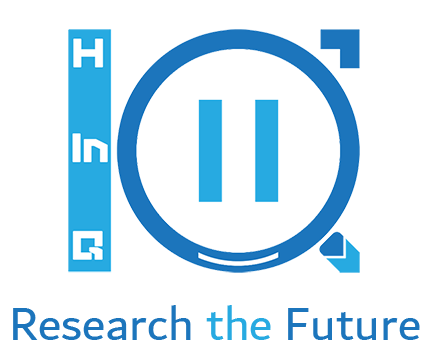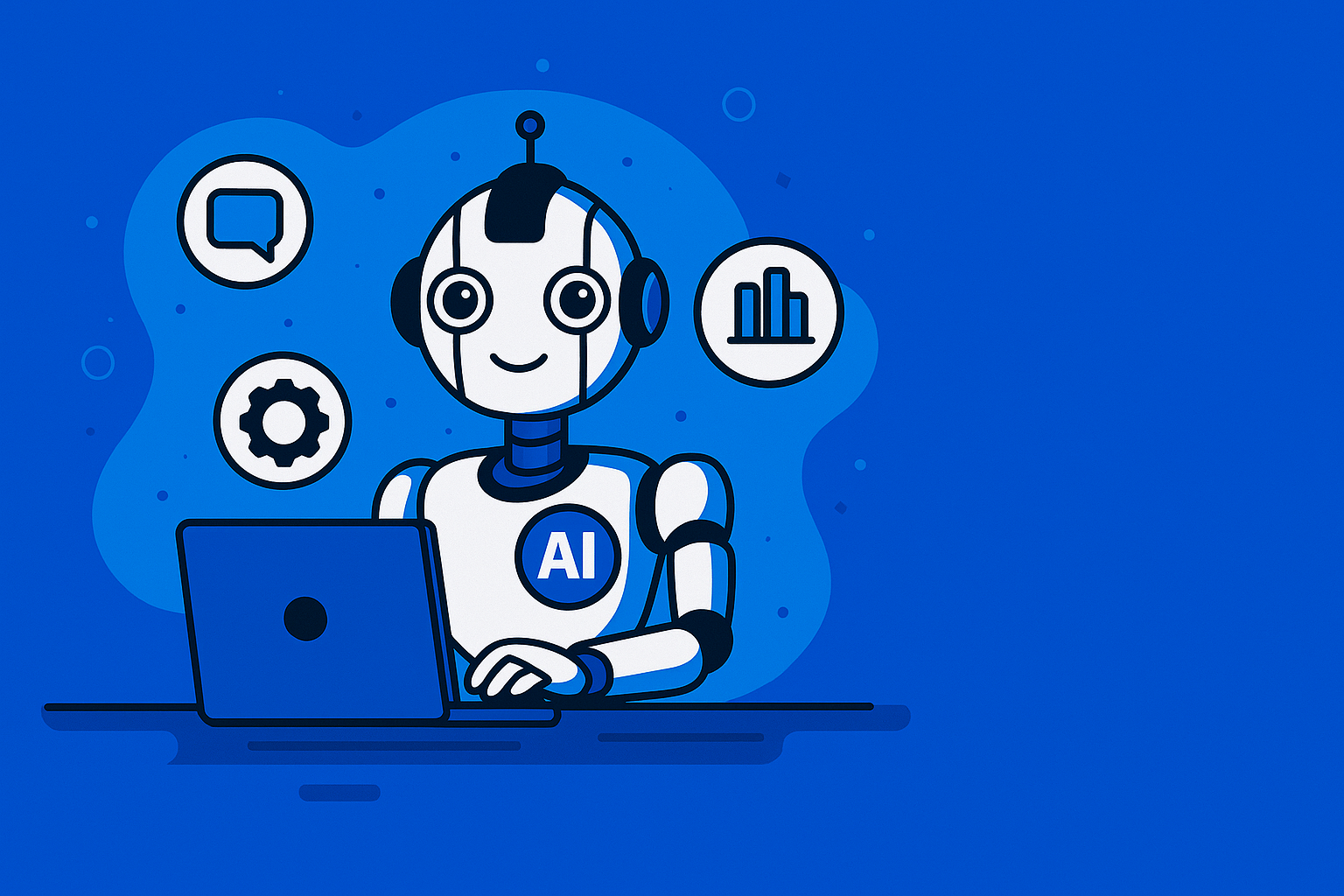Introduction – Smarter Than Your Strategy:
Let’s stop pretending: your customer acquisition strategy isn’t evolving—it’s being outpaced. In a world where AI can detect patterns faster than a marketer can build a campaign brief, the old way of attracting and converting customers looks slow, blunt, and outdated. AI isn’t just making marketing more efficient—it’s replacing strategic guesswork with predictive precision.
Traditional acquisition models—built on segments, personas, and static funnels—were revolutionary once. But in a digital ecosystem driven by real-time data, machine learning, and behavioral signals, they’ve become digital fossils. AI doesn’t care about what worked last quarter. It reacts to what your future customers are doing right now, and adjusts in milliseconds.
This article breaks down how AI is reshaping the fundamentals of customer acquisition—from identifying intent before it’s declared, to tailoring offers dynamically, and optimizing conversion paths without a human lifting a finger. It’s not an improvement to your strategy—it’s a replacement. The marketers who thrive in this new world will be the ones who learn to stop guessing and start partnering with algorithms that are, frankly, smarter than their strategy.
From Segments to Signals: The Death of Traditional Targeting
Marketers have spent years perfecting customer personas—neatly boxed profiles based on age, gender, income, and assumed behaviors. It worked when data was scarce. But in today’s data-saturated environment, these static segments are painfully outdated. Why guess at a group’s preferences when AI can track real-time signals from individuals?
AI doesn’t think in categories—it thinks in patterns. It analyzes browsing behavior, engagement timelines, device usage, time-of-day activity, and hundreds of other micro-signals to detect not just who a customer is, but what they’re about to do. It doesn’t just say “this is a 34-year-old woman interested in skincare”—it says “this user is 87% likely to buy sunscreen within the next 48 hours.”
This signal-based targeting doesn’t just improve accuracy—it destroys the guesswork. It enables marketers to act on intent as it forms, rather than after it’s declared. Traditional segmentation is about building a profile; AI is about predicting a move. And in the attention economy, the brand that reacts faster wins.
If you’re still running campaigns based on demographics, you’re not just behind—you’re irrelevant.
Hyper-Personalization at Scale: Every Customer Gets Their Own Funnel
The idea of tailoring content and experiences to different types of customers isn’t new—but AI has taken this concept and blown it wide open. Today, every customer can have their own unique path to conversion, dynamically shaped by how they interact with your brand in real time.
Forget building static funnels or “customer journeys” in PowerPoint. AI monitors behavior, adapts content, shifts offers, changes timing, and re-routes users through optimized sequences—all automatically. That’s hyper-personalization at scale, and it’s already replacing generic drip campaigns and static ad sets.
One user may get a follow-up email 15 minutes after browsing a product; another may see a retargeting ad with an urgency-based offer three days later. These aren’t guesses—they’re data-driven reactions to behavioral cues, optimized to maximize engagement and conversion for that specific individual.
The result? Higher click-through rates, better conversion, and less wasted spend. More importantly, a customer experience that actually feels relevant—not robotic.
AI doesn’t just make personalization possible—it makes it profitable. The brands that get this right will stop treating personalization as a luxury, and start recognizing it as a baseline expectation.
Predictive Targeting: AI Finds Buyers Before They Raise Their Hand
Traditional marketing waits for a signal—someone clicks a link, fills out a form, or signs up for a newsletter. But in the AI-driven world, waiting is losing. Predictive targeting flips the script: it identifies buyers before they even realize they’re ready to buy.
By analyzing behavioral breadcrumbs—like browsing frequency, scroll depth, past purchases, content engagement, and external data—AI builds predictive intent models that surface potential customers before they engage. It’s not a cold guess. It’s a high-confidence signal that says, “This user is about to convert. Show up now.”
Imagine targeting people who haven’t filled out a lead form—but have shown behavior patterns identical to your highest-converting customers. AI makes that not only possible, but scalable.
This isn’t theoretical. Retailers use predictive models to drive upsells, B2B companies use them to prioritize leads, and platforms like Meta and Google already reward advertisers who adopt predictive signals over manual targeting.
Predictive targeting isn’t about being faster. It’s about being first. In a competitive market, AI doesn’t wait for permission to sell—it anticipates it.
Smart Automation: Why Speed and Precision Beat Strategy
Marketers love to strategize—brainstorming campaign ideas, mapping funnels, setting up A/B tests. But while strategy is still valuable, AI makes most of that process faster, leaner, and smarter. And in customer acquisition, speed and precision beat overthinking every time.
AI doesn’t just automate tasks—it optimizes them in real time. It scores leads dynamically, adjusts ad spend on the fly, rewrites subject lines mid-campaign, and reallocates resources to top-performing channels before your analytics team finishes their morning coffee. You don’t need to guess what works—the machine tells you.
Take A/B testing. A manual process might take weeks. AI can test dozens of variables simultaneously and roll out the winner in hours. Landing page underperforming? AI notices and updates the layout based on high-converting versions from similar traffic segments—no brief, no bottleneck, no delay.
And while some marketers still obsess over perfect planning, AI is already executing, learning, and adapting—in real time. The brands that thrive are the ones that let go of control and embrace the machine’s speed.
In a world where milliseconds matter, strategy without smart automation isn’t strategy—it’s just lag.
Conclusion – The Marketer’s New Job: Human Creativity Meets Machine Intelligence
AI is not here to replace marketers. It’s here to replace everything we used to guess about. It doesn’t brainstorm campaign themes or write visionary brand stories—that’s still the human domain. But when it comes to targeting, timing, and optimization? AI wins. Every time.
The new job of the marketer isn’t to micromanage funnels or fine-tune segment lists. It’s to steer strategy with creativity, while letting machines handle what they do best—finding patterns, predicting behavior, and scaling success without delay.
The smartest brands aren’t clinging to old frameworks. They’re building teams where AI does the heavy lifting, and marketers do what AI can’t: ask better questions, design memorable experiences, and push boundaries that algorithms haven’t seen before.
If you’re still relying on human intuition to guide customer acquisition, you’re not just behind—you’re at risk. Because the future isn’t about planning better. It’s about letting machines execute smarter.
Smarter than your strategy? Yes. And that’s exactly the point.
Ressources :
- McKinsey – The State of AI in 2023
- Salesforce – AI and the Future of Marketing
- Harvard Business Review – AI and Customer Experience
- H-in-Q Analytics



